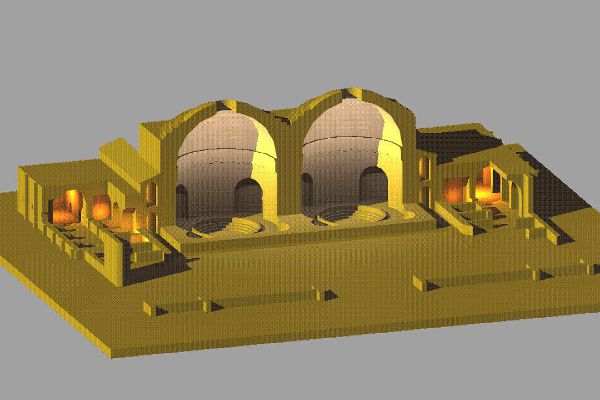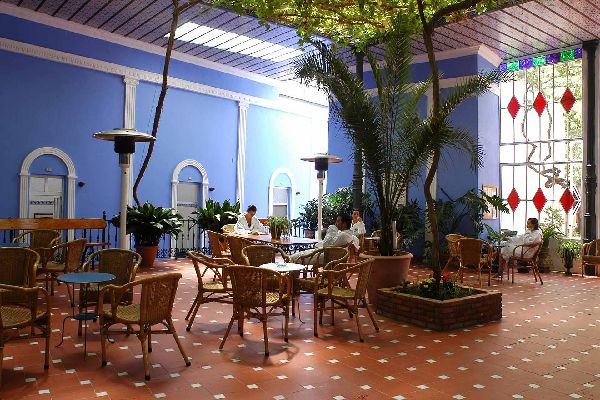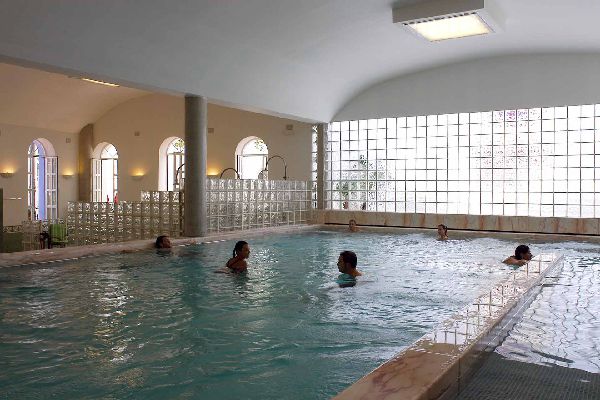
S.III - The original spa
The first constructions of the spa have Roman origin. A votive altar in which the patrician Licinio Sereniano dedicates the spa to Juno in gratitude for the health of his daughter Varinia Serena indicates that the spa already existed in Century III DC.
From the original Roman construction have reached to the present two circular domed rooftop spas declared National Monument, although some studies suggest that in the early Roman spa the thermal baths were completed with hot pools and steam baths forming an important thermal establishment.

S.XIX - The recovery of the spa
After the decline of the Roman Empire, other peoples continue the thermal tradition. Among them, the Arabs, whose name and the spa keep the name Alange, which means water of Allah. But after and for many years the spa falls into oblivion and deterioration and it is not until the end of the XVIII when rehabilitation begins Of the Roman baths. In 1863, during the confiscation of Madoz, it goes to public auction and coinciding with the boom of the central European spas, the spa is expanded with gardens, Italian marble baths, pools over the spring and galleries of showers that are integrated into the primitive structure.

S.XXI - The spa today
A slow revival of thermal culture began in the 1970s, and the spa now has an important boost. The facilities and techniques are updated, the gardens are expanded and the construction of the hotel Varinia Serena in 1989 and the Gran Hotel Aqualange in 2006.
In 1993 the spa is declared a World Heritage Site by UNESCO and today it has become an important thermal station that integrates Roman constructions and modern infrastructures combining traditional therapies with the latest trends in wellness and hydrotherapy.
FOLLOW US ON